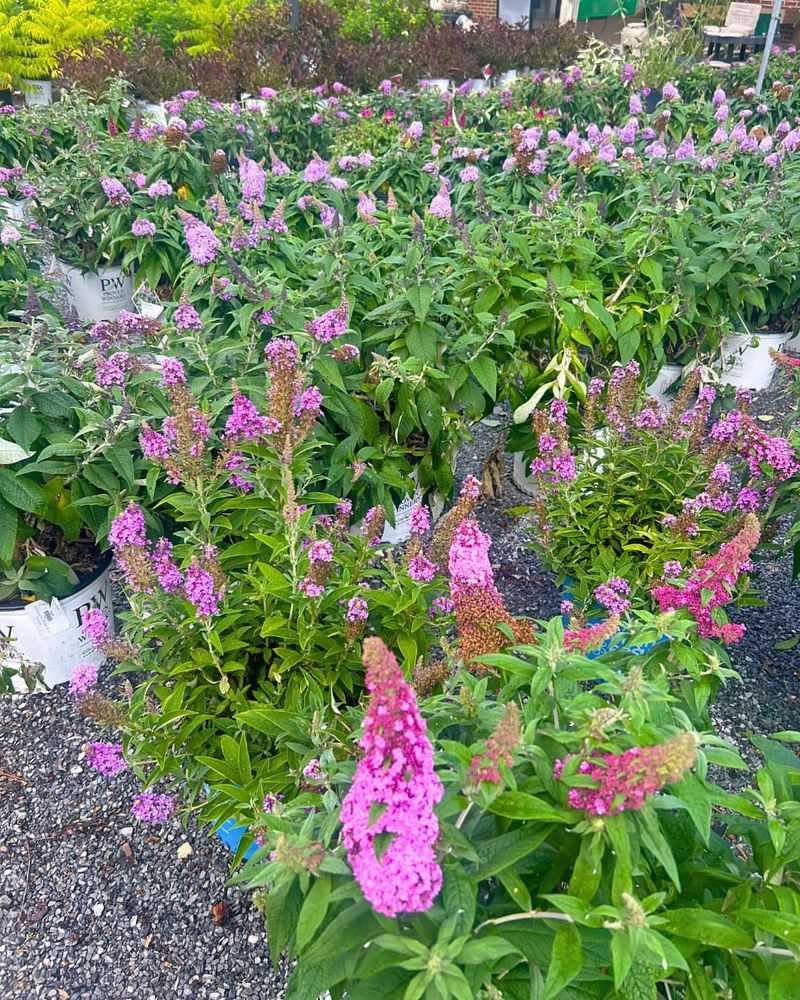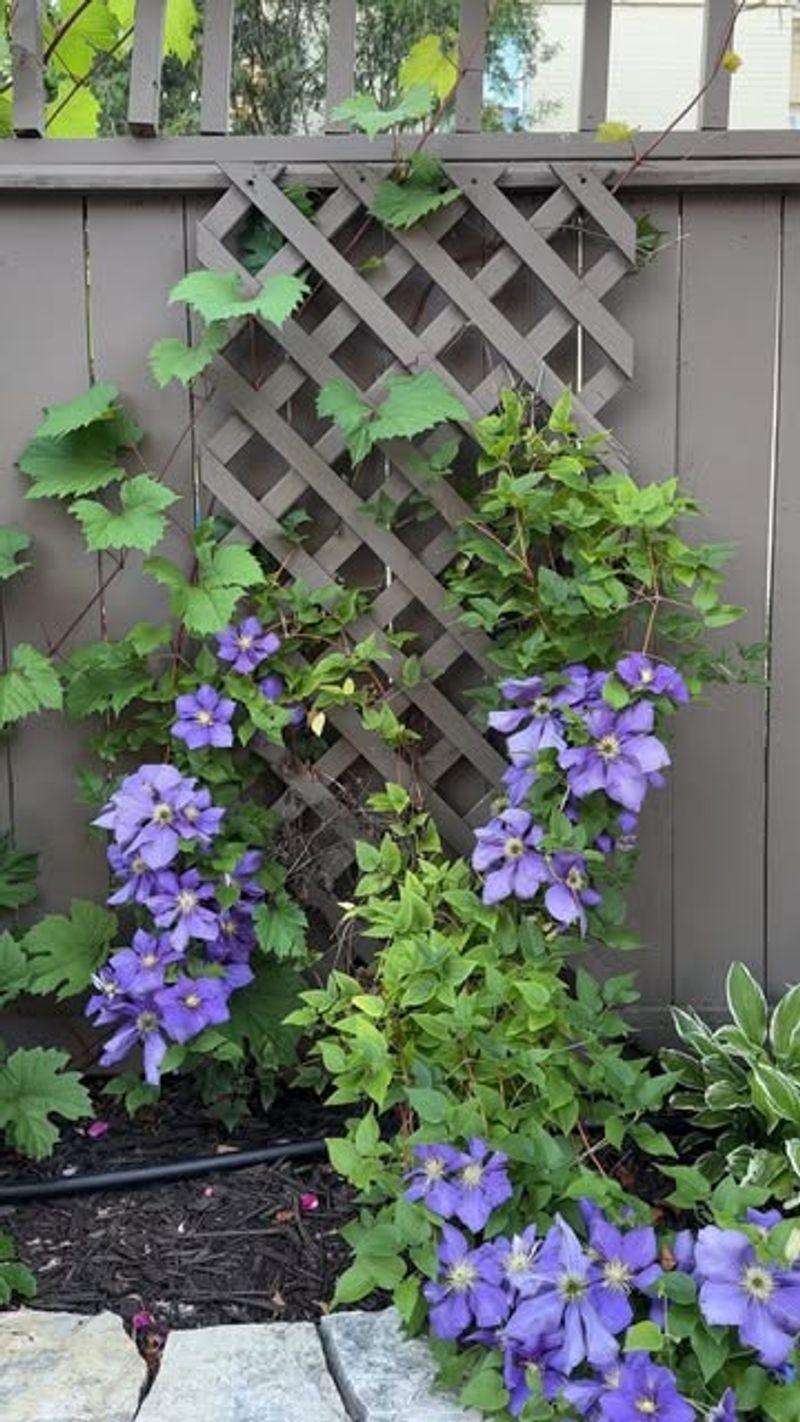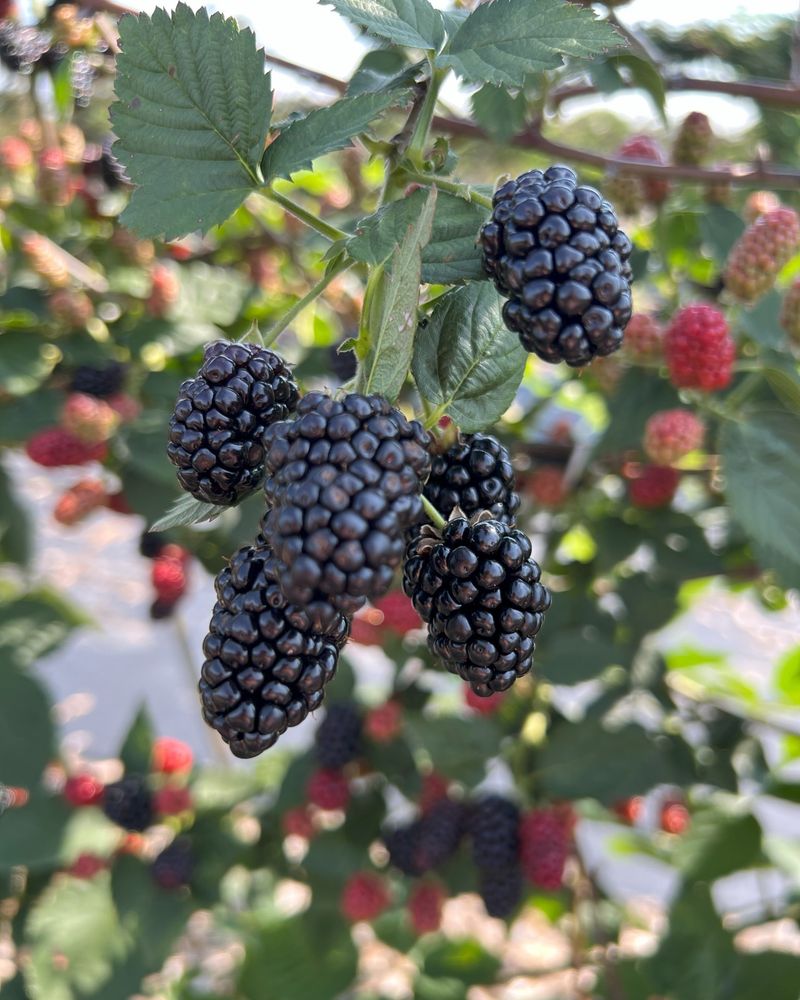November is a key moment for Indiana gardeners to grab those pruning shears and prep for winter. A little effort now sets the stage for healthier, more vibrant plants come spring.
Some shrubs and perennials benefit from a good trim before the cold sets in. It helps prevent disease, shapes growth, and gives your garden a clean, tidy look.
I’ve found that proper fall pruning not only protects your plants—it also saves you time and trouble later. It’s a simple way to keep your yard thriving through the chill.
1. Rose Bushes
Trimming back your rose bushes now prevents winter damage and promotes vigorous spring blooms. Cut away any dead, diseased, or crossing branches first, then reduce the overall height by about one-third.
Focus on creating an open center to improve air circulation, which helps prevent fungal diseases. Make clean cuts at a 45-degree angle just above an outward-facing bud.
Wait until after the first hard frost to ensure your roses have entered dormancy. This timing protects new growth from forming too early and getting damaged by winter cold.
2. Hydrangeas
Knowing which hydrangea variety you have makes all the difference in pruning success. Smooth and panicle hydrangeas bloom on new wood, so cutting them back now encourages fuller growth next season.
Remove spent flower heads and thin out older, woody stems at the base. Leave about four to six strong stems for the best flower display.
If you grow bigleaf or oakleaf hydrangeas, skip the heavy pruning since they bloom on old wood. Just remove dead branches and leave the rest alone until spring arrives.
3. Butterfly Bush
Butterfly bushes benefit tremendously from aggressive fall pruning before winter sets in. Cut the entire plant down to about 12 inches above ground level to prevent winter damage and encourage bushy spring growth.
These fast-growing shrubs bloom on new wood, so you won’t sacrifice any flowers by cutting hard now. Remove all the thin, whippy branches that grew during summer.
Many gardeners worry about cutting back so drastically, but butterfly bushes bounce back quickly. Your plant will thank you with more blooms and a tidier shape come next summer.
4. Raspberry Canes
Summer-bearing raspberry canes that produced fruit this year should be removed completely at ground level. These canes won’t produce again and removing them prevents disease and pest problems over winter.
Leave the green, first-year canes standing since they’ll bear fruit next summer. Thin them out if they’re crowded, keeping the strongest canes spaced about six inches apart.
Ever-bearing varieties need different treatment—just tip-prune the tops that fruited this fall. Complete removal of dead canes keeps your raspberry patch healthy and productive year after year.
5. Fruit Trees
Late November offers an ideal window for pruning dormant fruit trees like apples, pears, and plums. Start by removing dead, damaged, or diseased branches to improve tree health and prevent winter storm damage.
Cut away branches that cross or rub together, as these create wounds where diseases can enter. Open up the canopy by removing vertical shoots and inward-growing branches.
Avoid heavy pruning on stone fruits like cherries and peaches until late winter to reduce disease risk. Always use sharp, clean tools and make cuts just outside the branch collar for proper healing.
6. Clematis Vines
Clematis pruning depends entirely on which group your variety belongs to, making identification essential. Group 3 clematis, which bloom on new growth, should be cut back hard to about 12 inches above the ground now.
This group includes popular varieties like Sweet Autumn and Jackmanii. Cutting them back prevents tangled, woody growth and promotes abundant flowers next season.
Group 1 and 2 varieties bloom on old wood, so they need minimal pruning in fall—just remove dead stems. Check your plant tag or research your specific variety before making any cuts to avoid losing next year’s blooms.
7. Ornamental Grasses
Most ornamental grasses look beautiful through winter, but some varieties benefit from late November trimming. Warm-season grasses like maiden grass and switchgrass can be cut back to about four to six inches above the ground.
Tie the foliage together with twine before cutting to make cleanup easier and prevent a messy tangle. Use hedge shears or a sharp saw for thick clumps.
Cool-season grasses like blue fescue stay green through winter, so leave them alone until spring. The dried foliage provides winter interest and protects the crown from harsh temperatures and excessive moisture.
8. Perennial Herbs
Hardy perennial herbs like sage, thyme, and oregano need light pruning before winter arrives in Indiana. Cut back about one-third of the growth, removing leggy stems and any damaged foliage that could harbor disease.
Avoid cutting into old, woody growth since these herbs struggle to regenerate from ancient wood. Focus on shaping the plant and encouraging compact growth for next season.
Leave some foliage intact to protect the roots during winter freezes. Lavender benefits from similar treatment, but wait until spring if your plants are young or you live in a particularly cold area.
9. Shrub Roses
Shrub roses like Knockouts require less fussy care than hybrid teas but still benefit from November pruning. Reduce the overall size by about half to prevent winter wind damage and snow breakage on tall canes.
Remove any diseased leaves or stems showing black spot or rust, and clean up fallen debris around the base. This simple maintenance reduces next year’s disease pressure significantly.
Shape the plant into a rounded mound for a tidy appearance through winter. Shrub roses are forgiving, so don’t worry about perfect cuts—focus on removing dead wood and creating a balanced shape that won’t catch heavy snow.
10. Blackberry Bushes
Blackberry canes follow a two-year life cycle, making fall pruning straightforward once you understand the pattern. Canes that produced berries this summer should be cut completely to the ground since they won’t fruit again.
These spent canes often look brown and woody compared to the green first-year canes. Removing them improves air circulation and reduces hiding spots for pests and diseases over winter.
Keep the strongest new canes, spacing them about four inches apart, and remove weak or damaged growth. Proper fall pruning makes spring maintenance easier and leads to bigger, healthier berry harvests next summer.
11. Spirea Shrubs
Summer-blooming spirea varieties benefit from November pruning to maintain their attractive shape and encourage vigorous spring growth. Remove about one-third of the oldest stems at ground level to rejuvenate the shrub and prevent it from becoming too dense.
Trim back any dead or crossing branches, and shape the overall plant for a natural, rounded appearance. Summer spirea blooms on new wood, so fall pruning won’t affect next year’s flowers.
Spring-blooming spirea should be left alone now since they set buds on old wood. Wait until right after they finish flowering in late spring to prune those varieties without sacrificing blooms.












